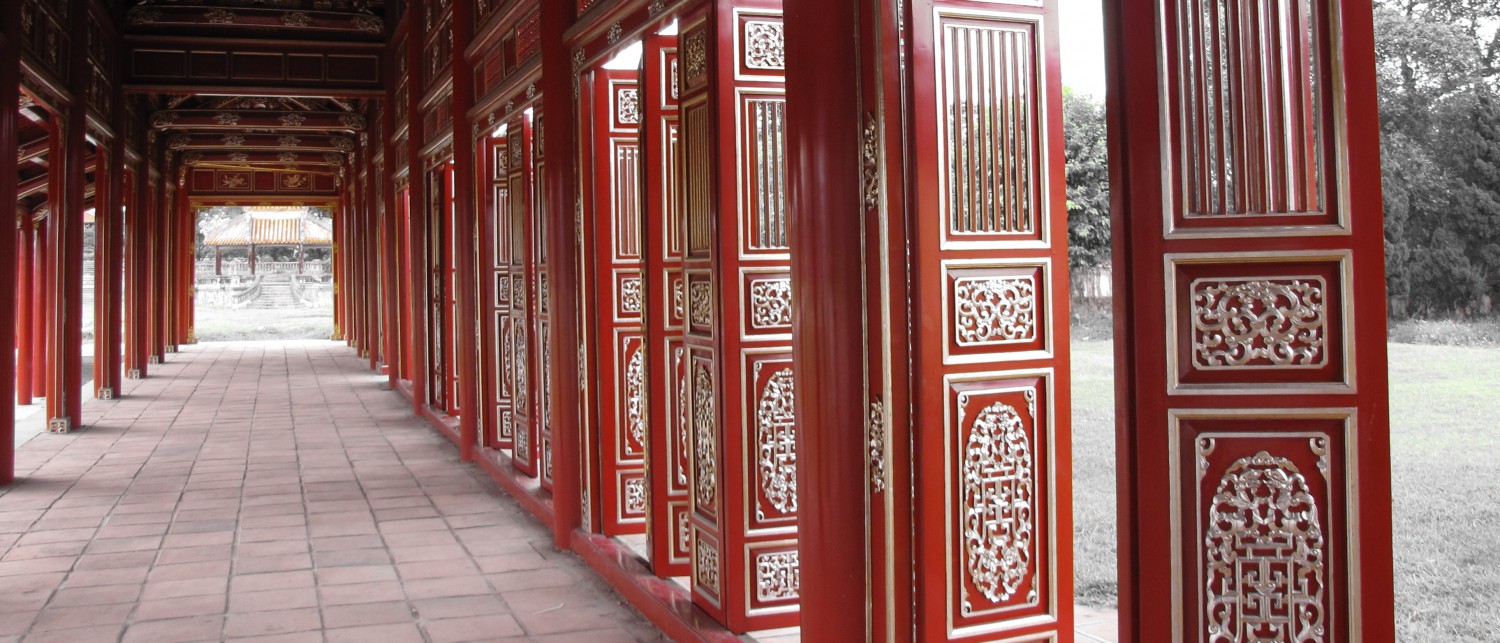 To celebrate her graduation from the University of Alaska Fairbanks’ Alaska Native Studies program in 2012, Marjorie Kunaq Tahbone got a tattoo. Tahbone is Inupiat, an Alaska Native people, and the design was a traditional Inupiat pattern: three solid lines that spread downward from underneath the middle of her lower lip to her chin.
To celebrate her graduation from the University of Alaska Fairbanks’ Alaska Native Studies program in 2012, Marjorie Kunaq Tahbone got a tattoo. Tahbone is Inupiat, an Alaska Native people, and the design was a traditional Inupiat pattern: three solid lines that spread downward from underneath the middle of her lower lip to her chin.
Tahbone was unsure, however, how the people in her home village would react. Nome is a town of about 3,800 people on Alaska’s northwestern coast, only reachable by plane or, in the warmer months, boat. Although many people there are Alaska Natives, traditional tattoos were a rare sight at that time.
Within days of receiving her tattoo, people started to notice. In a local store, a village elder reached out and touched her tattoo. In the weeks to follow, on two different occasions, babies, whom Tahbone was holding and playing with, fingered the pattern on Tahbone’s face.
The infants’ actions had profound resonance. Among Inupiat communities, babies receive the names of the recently deceased. When the infants touched her tattoo, Tahbone felt they were tapped into the memories of the past lives of deceased Inupiat. “When I was acknowledged by babies, it was like an acknowledgment of my ancestors,” she says.
Read more at Sapiens.


/https://public-media.si-cdn.com/filer/a1/88/a188a6f4-143d-4df2-b955-f60e7872b307/gg7p00.jpg)


/https://public-media.si-cdn.com/filer/99/de/99de16a9-ee2b-4576-a014-71c2020bb59e/041719_bb_magneticsculpture_feat_rev.jpg)
:focal(600x411:601x412)/https://public-media.si-cdn.com/filer/3d/c9/3dc90573-3403-4746-bb0a-28bebb0af9b7/ezgifcom-resize_6.jpg)

/https://public-media.si-cdn.com/filer/a5/17/a517ee64-f0aa-40c6-a7bf-262a9889cf6c/ll-43_b12_p2_14.jpg)
/https://public-media.si-cdn.com/filer/88/c0/88c0dc75-356e-4e4e-8ca5-eb51e6b89ba2/179807.jpg)
 To celebrate her graduation from the University of Alaska Fairbanks’ Alaska Native Studies program in 2012, Marjorie Kunaq Tahbone got a tattoo. Tahbone is Inupiat, an Alaska Native people, and the design was a traditional Inupiat pattern: three solid lines that spread downward from underneath the middle of her lower lip to her chin.
To celebrate her graduation from the University of Alaska Fairbanks’ Alaska Native Studies program in 2012, Marjorie Kunaq Tahbone got a tattoo. Tahbone is Inupiat, an Alaska Native people, and the design was a traditional Inupiat pattern: three solid lines that spread downward from underneath the middle of her lower lip to her chin.